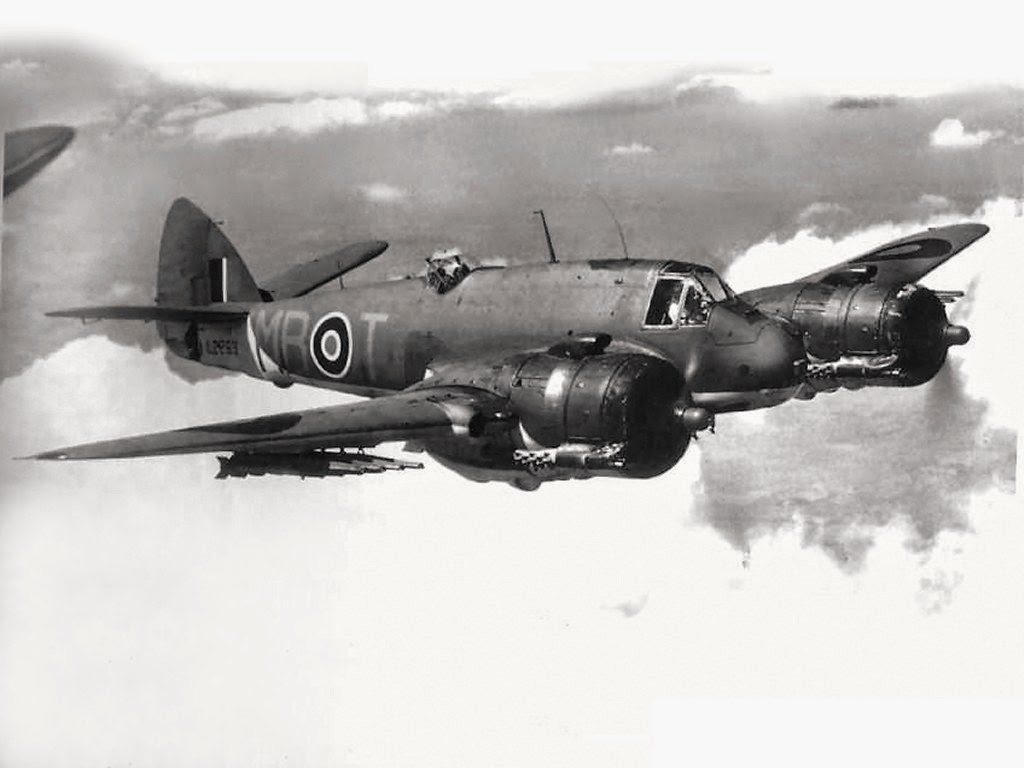Bristol Beaufighter
Developed as a private venture by the Bristol Aeroplane Company, the Beaufighter was a two-seat all-metal fighter using components from the Beaufort torpedo-bomber. First flown on July 17 1939, the Beaufighter eventually equipped 52 RAF squadrons, giving outstanding service during World War II, in particular as a night-fighter and torpedo-bomber (where the aircraft were affectionally known as 'Torbeaus').
Entry into Fighter Command service came during August 1940 with the Fighter Interception Unit at Tangmere. The following month, five squadrons received the Mark 1F equipped with Mark IV Air Intercept radar for night-fighter duties although the type's first kill wasn't until November of that year. The Beaufighter continued as a night-fighter until 1943, and the last aircraft (a TT10) was not retired from RAF service until 1960, nearly 21 years after the type's first flight.


.jpg)




